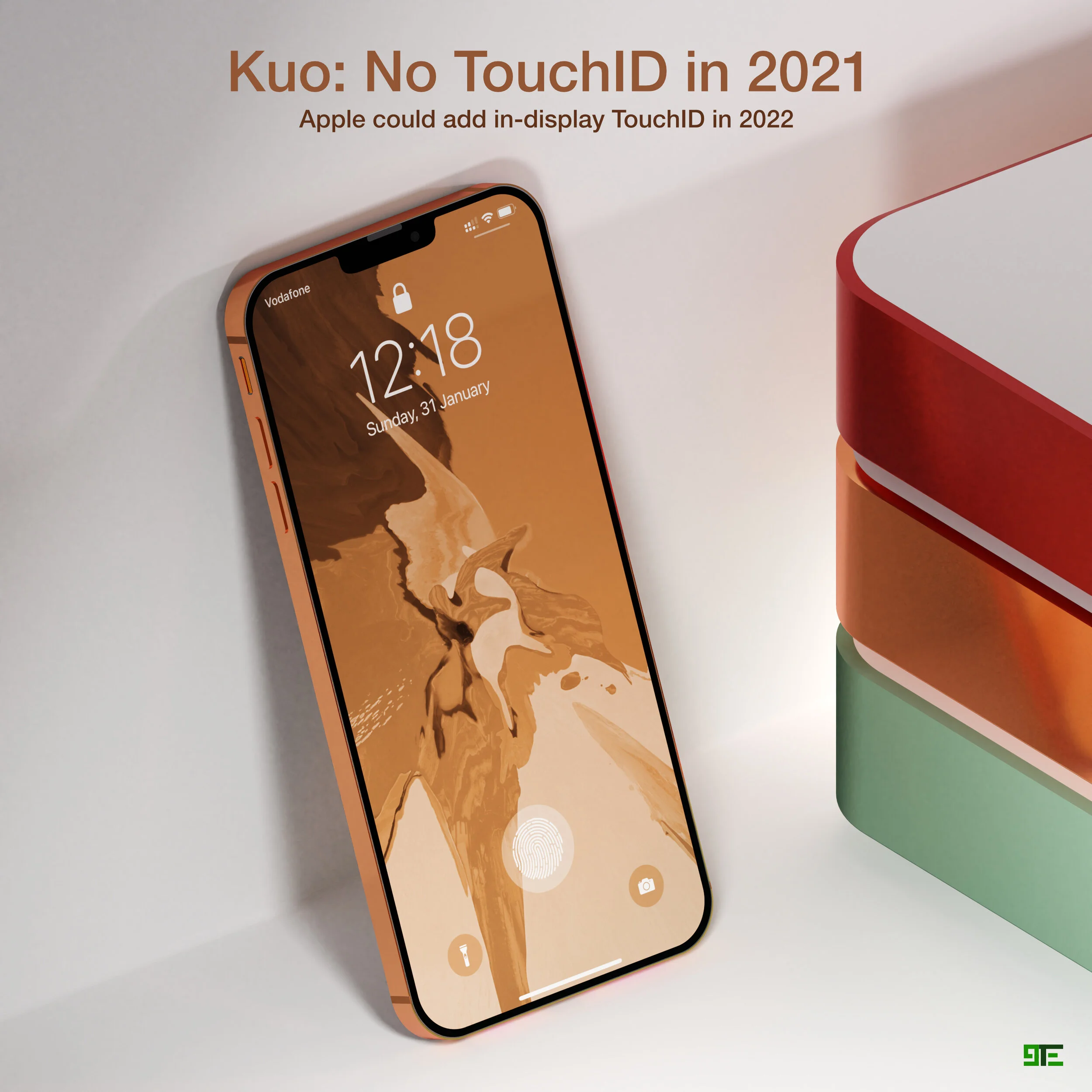Apple Music Spatial Audio is Redefining The Music Streaming Industry
Apple is redefining the music industry again with the introduction of Spatial Audio with Dolby Atmos on Apple Music. Apple’s May 17 press release not only confirmed most of the previous leaks and rumours but it was also a hit to the other streaming platforms. The impact of adding Dolby Atmos, Spatial & Lossless Audio on the Apple Music library with no additional cost is already changing the strategy for the competitors of Apple Music. Furthermore, Apple with the addition of Spatial Audio is once again affecting the way that music companies & labels produce and distribute their music online.
Spatial Audio remains a unique Apple feature which you can experience exclusively via Apple Music. Spotify announced back in February that a HiFi audio quality Spotify option would be available in 2021 but we still haven’t seen it rolling out. In additional, other platforms, like Tidal, offer lossless audio at an additional premium price vs the basic paid subscription. Simply put, if you want to experience better sound quality you have to pay more. Apple on the contrary doesn’t ask for an addition monthly fee.
How can you benefit from these new features?
Spatial Audio, Dolby Atmos, Lossless Audio, Hi-Res Lossless Audio. What are all these terms and how can you take advantage of these features?
Spatial Audio with Dolby Atmos Support
When you are listening to music through Apple Music with compatible Apple or Beats headphones, you will be able to play back Dolby Atmos Music automatically when it’s available for a selected song. You can select to have this feature permanently on or off depending on your preferences on Apple Music Settings. Moreover, you will be able to toggle it on / off directly through the Control Center when wearing your headphones.
Which Apple devices support Dolby Atmos though? Compatible iPhones, iPads, Apple TV 4K and Macs do so. Here’s the list of compatible devices according to Apple:
AirPods: AirPods, AirPods Pro, AirPods Max
Beats Headphones: BeatsX, Beats Solo3, Beats Studio3, Powerbeats3, Beats Flex, Powerbeats Pro & Beats Solo Pro
iPhone (via AirPods or Beats headphones): iPhone 7/7 Plus, iPhone 8/8 Plus, iPhone X, iPhone XS/XR/XS Max, iPhone 11/11 Pro/Pro Max, iPhone SE 2020, iPhone 12/12 Mini / 12 Pro / 12 Pro Max running iOS 14.6.
iPhone (through built-in speakers): iPhone XR, iPhone XS/XS Max, iPhone 11 Series & iPhone 12 Series
iPad (via AirPods or Beats headphones): 12.9-inch iPad Pro (3rd generation or later), 11-inch iPad Pro, iPad (6th generation or later), iPad Air (3rd generation), and iPad mini (5th generation) running iPadOS 14.6
MacBook (built-in speakers, AirPods or Beats headphones): iMac (2021), MacBook Pro (2018 model and later), MacBook Air (2018 model and later) running macOS 11.4.
Apple TV: Apple TV 4K running tvOS 14.6. Dolby Atmos playback is available through AirPods, Beats headphones, a compatible sound bar, Dolby Atmos enabled AV Receiver, a TV with Dolby Atmos audio or HomePod.
The above devices support Dolby Atmos but keep in mind that Spatial Audio which we believe that it’s a differentiator for Apple Music is only available on the AirPods Pro, AirPods Max and the built-in speakers of the 2021 iMac.
Lossless Audio & Hi-Res Lossless Audio
As Apple mentions “most audio compression techniques lose some of the data that's contained in the original source file. Lossless compression is a form of compression that preserves all of the original data.“
Apple has been using its own compression technology (AAC) that tries to carry over almost all of the studio produced audio data to your Apple Device. Almost isn’t lossless though. Hence, Apple developed again a new Lossless Audio Codec (ALAC) which is offering Lossless (up to 24-bit/48kHz) and Hi-Res Lossless quality (up to 24-bit/192kHz) to the Apple Music collection.
The difference between AAC and ALAC isn't easy for someone to understand but if you have a good ear and you want to try Lossless here’s what you need to know:
Streaming lossless audio consumes significantly more data
Downloading songs in lossless audio format takes up much more space on your device
AirPods & Beats headphones use an AAC Bluetooth codec, hence no lossless option
AirPods Max could reproduce lossless audio by using the Lightning to 3.5mm Headphone Jack Adapter by Apple for sample rates up to 24bit/48 kHz. Hence, you will not be able to experience Hi-Res Lossless audio quality with your AirPods Max.
Bluetooth devices in general do not support lossless audio
If you have already downloaded an Apple Music song, you have to re-download it again if you want it in lossless format. Just make sure to check your download quality in settings.
You will need an external DAC (digital to audio converter) device in order to experience sample rates higher than 48 kHz.
Supported Devices
iPhone or iPad running iOS/iPadOS 14.6 using the built in speakers, a wired connection to headphones, AV receivers or speakers.
Macs running macOS 11.4 using the built in speakers, a wired connection to headphones, AV receivers or speakers.
Apple TV 4K running tvOS 14.6 connected to an AV receiver with an HDMI cable. Apple TV 4K currently supports up to 48 kHZ sample rates. An update may drop soon that will enable higher sample rates.
HomePod and HomePod Mini will support lossless audio with future software update according to Apple.
CarPlay supports lossless audio quality through a USB connection only.
We hope that you enjoyed this article. Hit like below if you did and subscribe to our new YouTube Channel since more content is following there as well.



